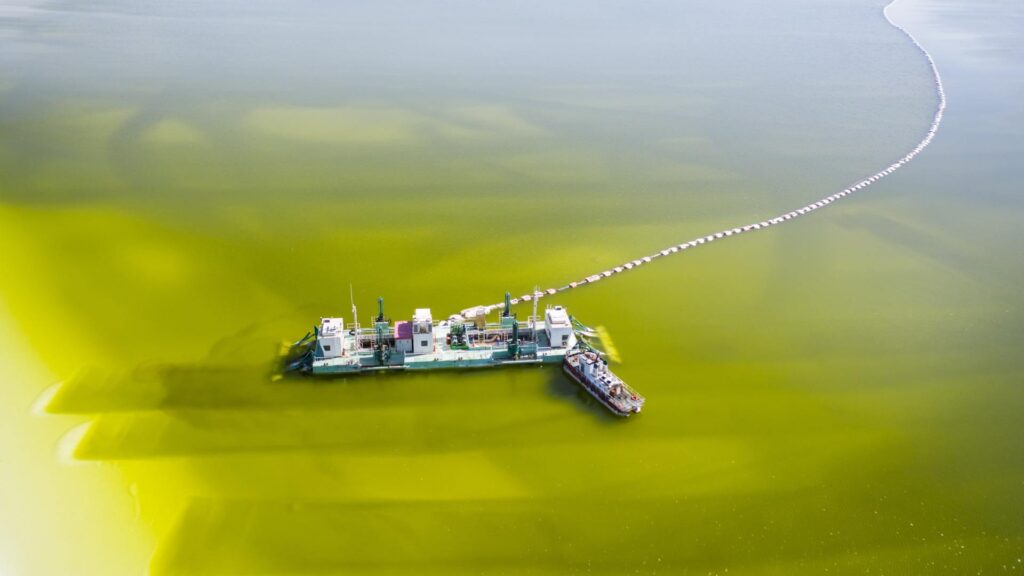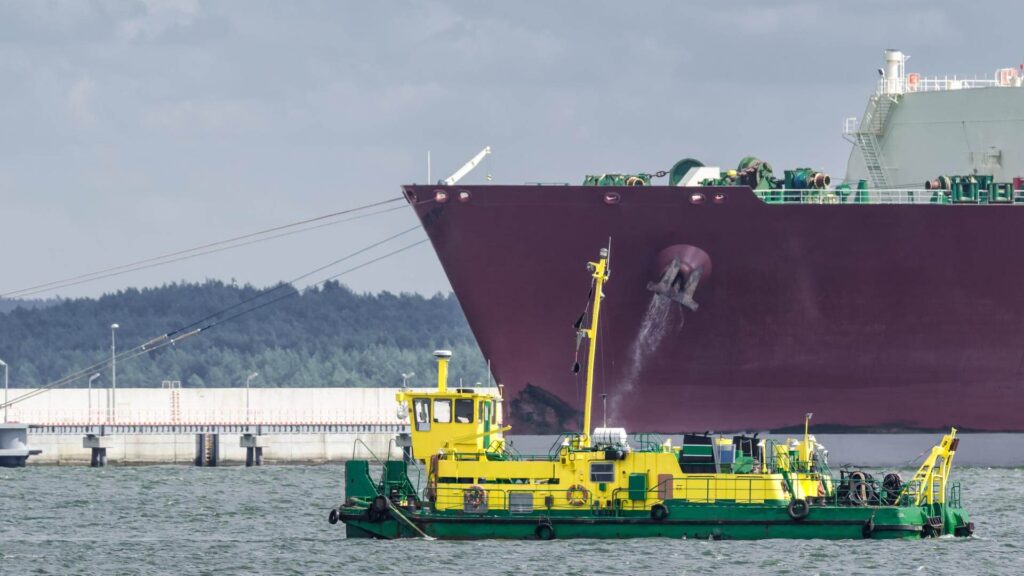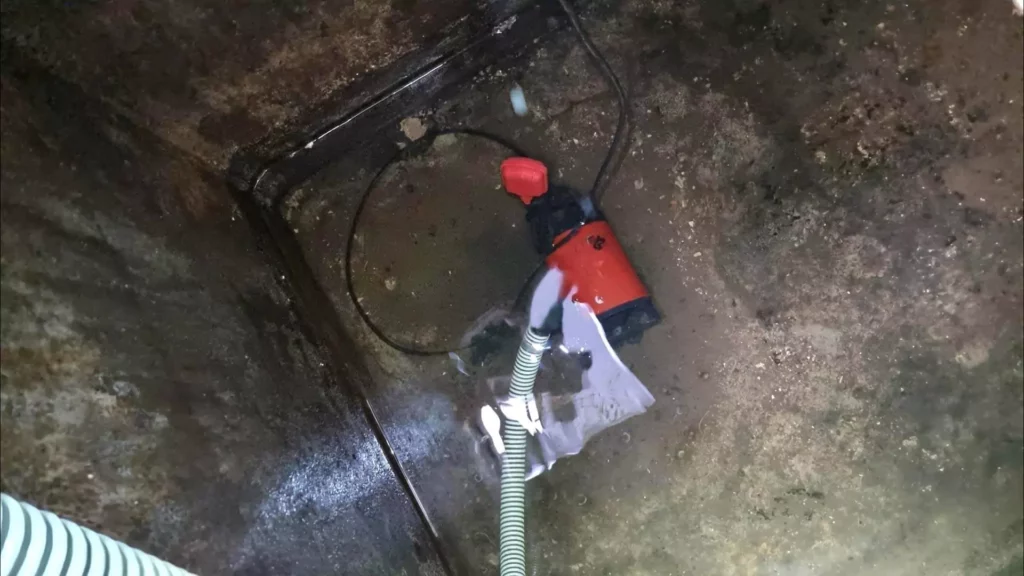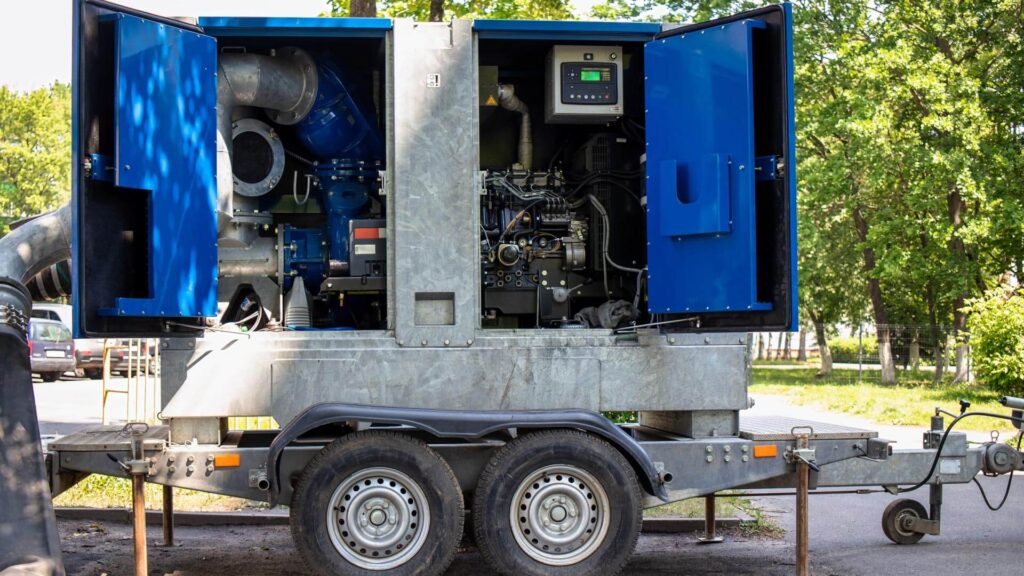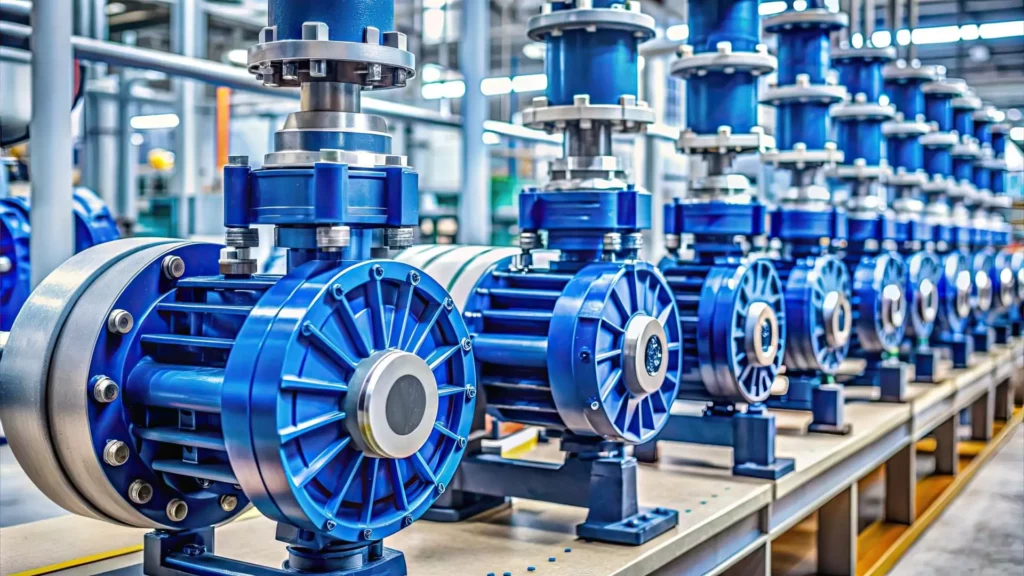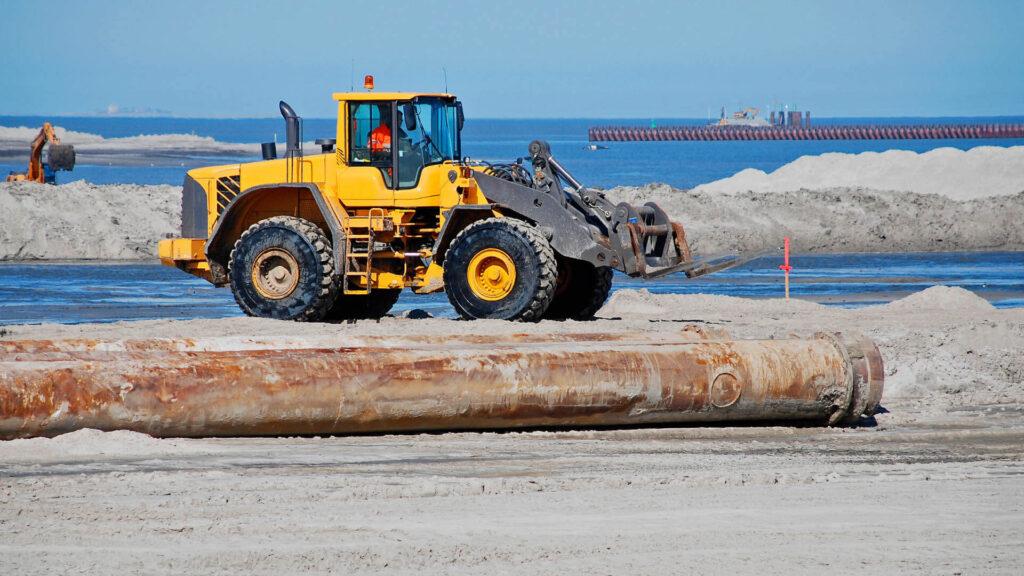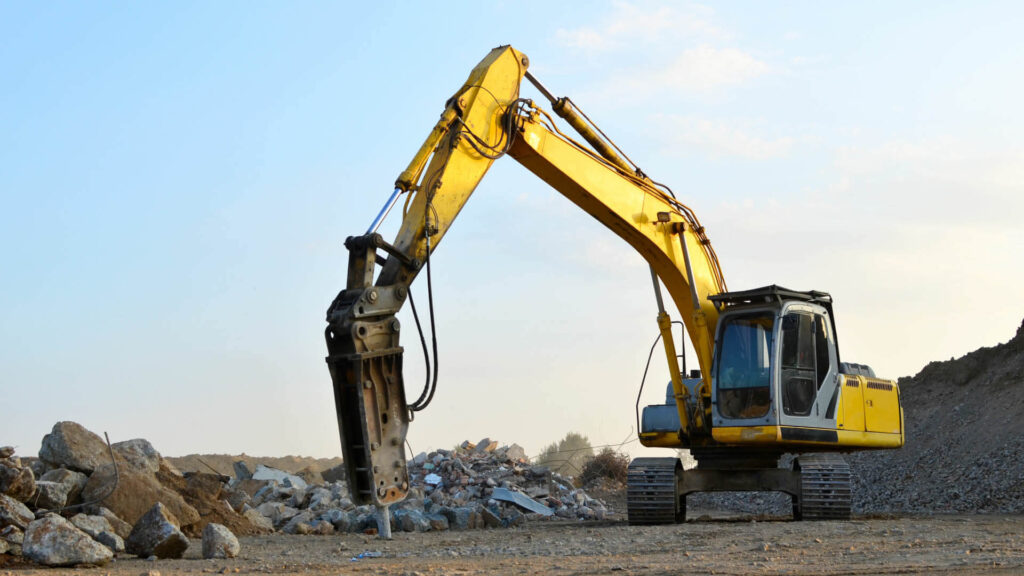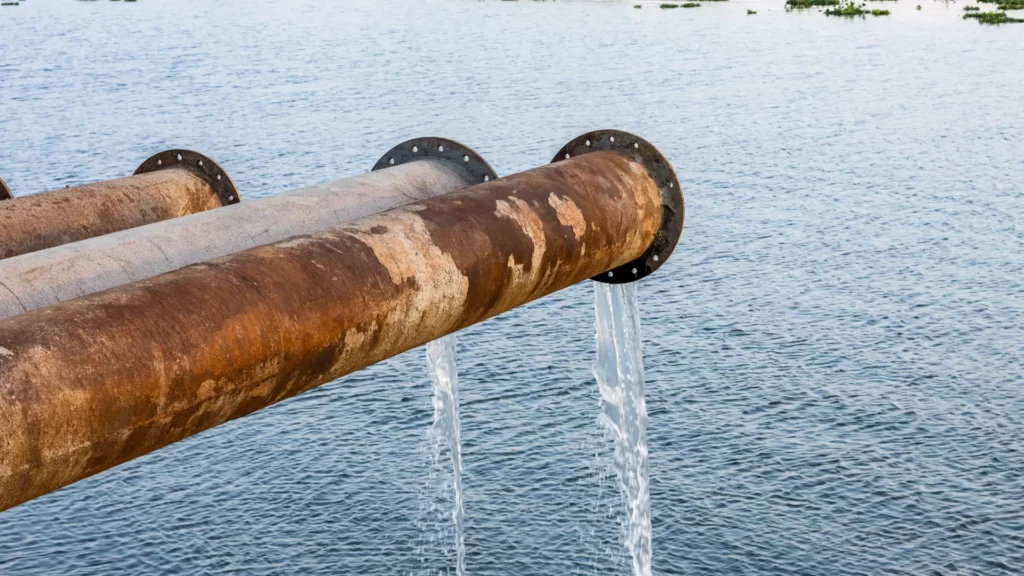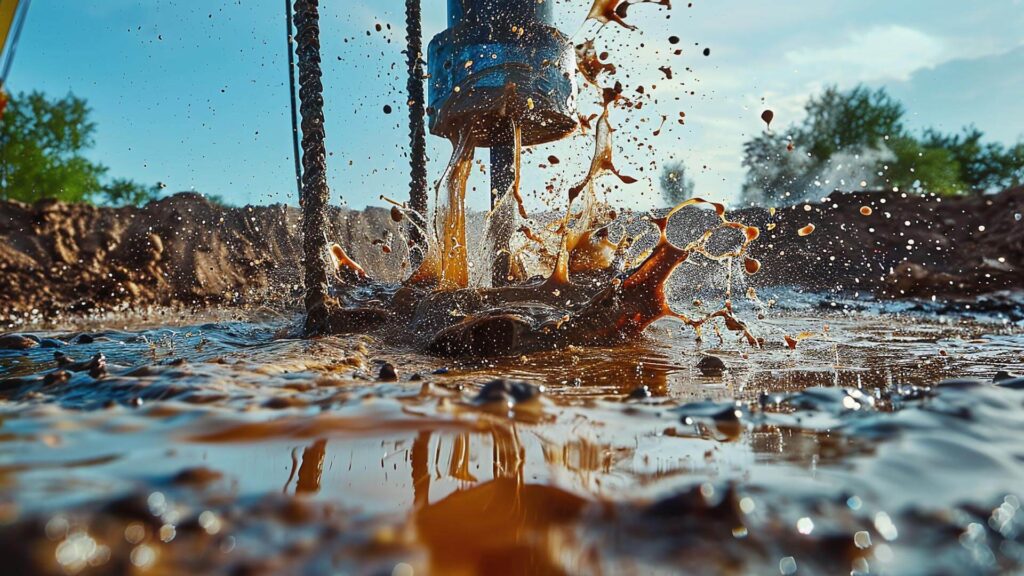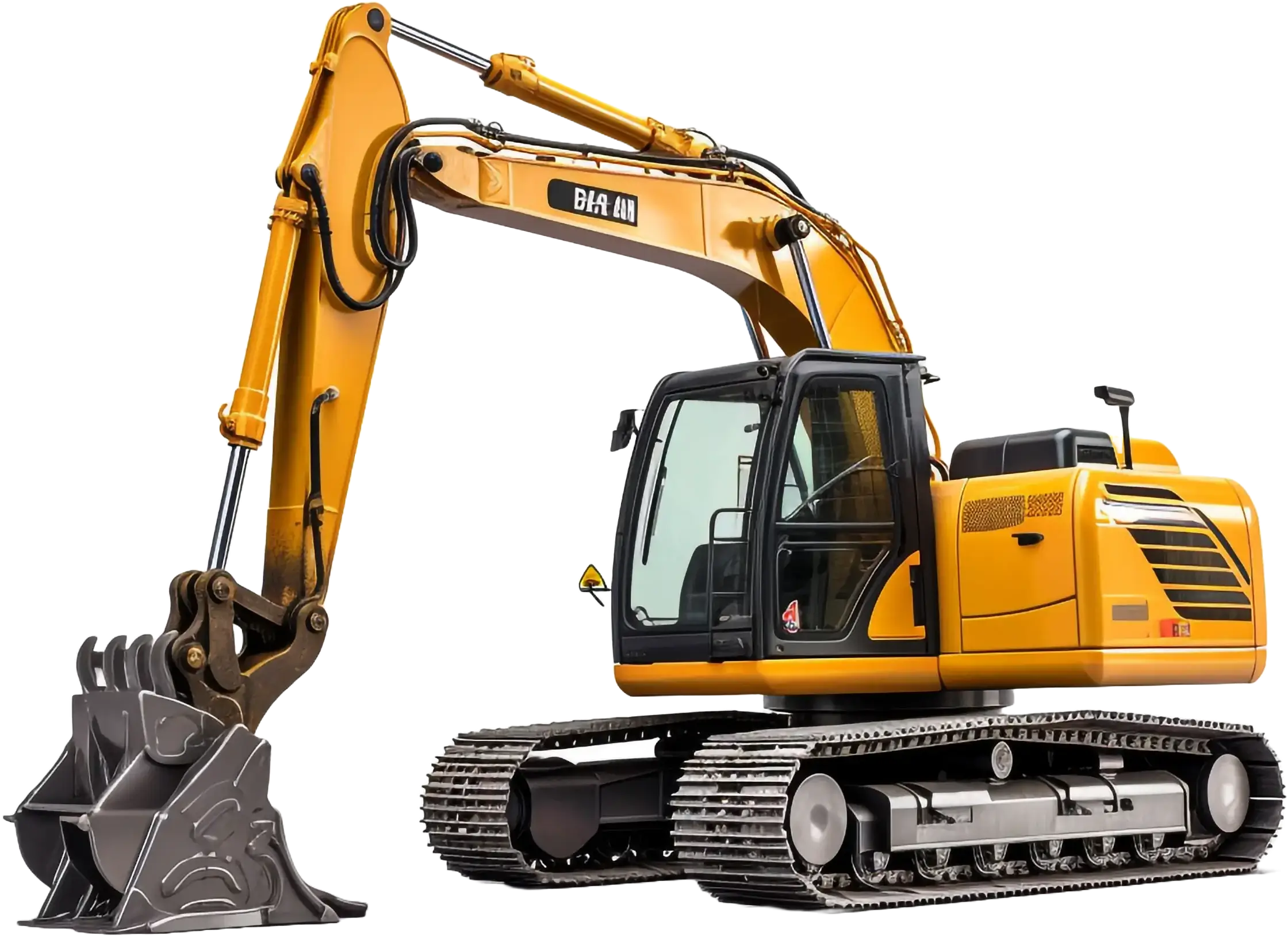Why Dredging a Lake is Essential for Ecosystem Restoration
Dredging a lake is the process of removing accumulated sediment, debris, and pollutants from the bottom of a lake to restore its depth, health, and functionality. Over time, natural sedimentation and human activities can lead to the buildup of organic and inorganic materials in lakes, resulting in reduced water quality, loss of habitats, and diminished recreational value. By removing these obstructions, lake dredging helps restore the balance of aquatic ecosystems and supports the long-term sustainability of water bodies. Lake dredging is critical for ecosystem restoration because it directly addresses the factors that degrade water quality and disrupt biodiversity. Excess sediment in lakes can smother aquatic habitats, reduce oxygen levels, and promote algal blooms, leading to the loss of fish and plant life. Dredging a lake not only removes harmful pollutants but also restores the lake’s capacity to support thriving ecosystems, creating healthier environments for aquatic species. Beyond environmental benefits, dredging a lake also positively impacts communities. Restored lakes can enhance recreational opportunities like boating and fishing, increase property values, and boost local tourism. Additionally, improved water quality benefits surrounding areas by providing cleaner water resources and reducing the risk of flooding. Dredging for lake restoration contributes to ecological balance, community well-being, and sustainable development, whether the goal is to remove pollution or enhance biodiversity. Lake dredging is an indispensable tool for preserving these vital natural resources for future generations. Understanding Lake Dredging Dredging a lake is the process of excavating and removing sediment, debris, and pollutants from the lakebed. Over time, lakes naturally accumulate sediment through runoff, erosion, and the decay of organic material. Human activities like agriculture, construction, and industrial waste discharge further accelerate sediment buildup, leading to a range of environmental issues. By dredging a lake, these harmful accumulations are removed, restoring the lake’s depth, improving water quality, and enhancing its ecological health. Lake dredging differs significantly from dredging other water bodies like rivers or harbors. Rivers are dynamic systems with flowing water that constantly moves sediment, requiring specific techniques to manage the ongoing sediment load. Harbors, on the other hand, often face challenges related to deep channels and shipping traffic, where dredging focuses on maintaining navigational routes. In contrast, dredging a lake for restoration emphasizes removing stagnant sediment, restoring aquatic habitats, and addressing nutrient overloads that lead to problems like eutrophication. The role of dredging in maintaining the balance of aquatic ecosystems cannot be overstated. Sediment accumulation in lakes can smother habitats, block sunlight, and deplete oxygen levels, causing harm to fish, plants, and other aquatic life. Dredging a lake not only clears these obstructions but also re-establishes natural water flow and nutrient cycles, creating healthier conditions for biodiversity to thrive. Whether the goal is to restore ecological health or improve recreational opportunities, the decision to dredge for lake maintenance plays a vital role in preserving these valuable ecosystems for future generations. Key Reasons to Dredge a Lake Dredging a lake is an essential process for addressing a variety of environmental and ecological challenges. Lakes naturally accumulate sediment over time due to runoff, erosion, and organic material decay. However, excessive sediment buildup can severely impact lake depth, water quality, and overall functionality. By removing this sediment, you can restore the lake’s natural state and support long-term sustainability. One of the primary reasons to dredge for lake restoration is to improve ecosystem health. Excess sediment can smother aquatic habitats, block sunlight from reaching submerged plants, and deplete oxygen levels in the water. This disrupts the natural balance of the ecosystem, harming fish, plants, and other aquatic species. Dredging a lake removes this sediment, providing a cleaner and more stable environment for biodiversity to thrive. Another key reason to dredge for lake restoration is to improve water flow and circulation. Stagnant water can lead to issues like poor oxygen distribution and the proliferation of harmful algae. Dredging a lake restores water circulation, reducing stagnation and creating a healthier aquatic environment. Another critical benefit of dredging is pollution control. Many lakes accumulate pollutants such as heavy metals, pesticides, and organic waste that settle in the sediment. These contaminants can leach into the water, posing risks to wildlife and humans. Dredging a lake effectively removes these harmful substances, ensuring cleaner water and reducing the long-term impact of pollution. In summary, whether the goal is sediment removal, ecosystem restoration, or pollution control, the decision to dredge for lake restoration is vital for maintaining the health and sustainability of aquatic environments. The Environmental Benefits of Lake Dredging Dredging a lake offers numerous environmental benefits that are vital for the health and sustainability of aquatic ecosystems. Over time, sediment buildup and contamination can degrade water quality and disrupt biodiversity. By removing accumulated sediment and pollutants, lake dredging helps restore the ecological balance and create a healthier environment for aquatic life. One of the most significant benefits of dredging a lake is enhancing water quality. Sediments often harbor harmful contaminants like heavy metals, pesticides, and organic waste, which can leach into the water and pose risks to wildlife and humans. Removing these contaminants ensures cleaner water, which is essential for environmental and recreational purposes. Dredging also supports biodiversity by restoring lost habitats for fish, plants, and other aquatic species. Sediment accumulation can smother these habitats and reduce oxygen levels, making it difficult for species to thrive. When you dredge for lake restoration, you create conditions that promote the return of native species and improve the overall health of the ecosystem. Additionally, lake dredging mitigates the effects of eutrophication and algal blooms. Excess nutrients in sediment can fuel harmful algae growth, which depletes oxygen levels and disrupts aquatic life. Dredging a lake removes these nutrients, reducing the likelihood of algal blooms and supporting a balanced ecosystem. The long-term impact of dredging a lake is profound. By addressing sediment, contamination, and nutrient overload, this process ensures the sustainability of aquatic ecosystems, making lakes healthier and more resilient for future generations. Whether to improve water quality or support biodiversity, the decision to dredge for lake restoration is
Why Dredging a Lake is Essential for Ecosystem Restoration Read More »

